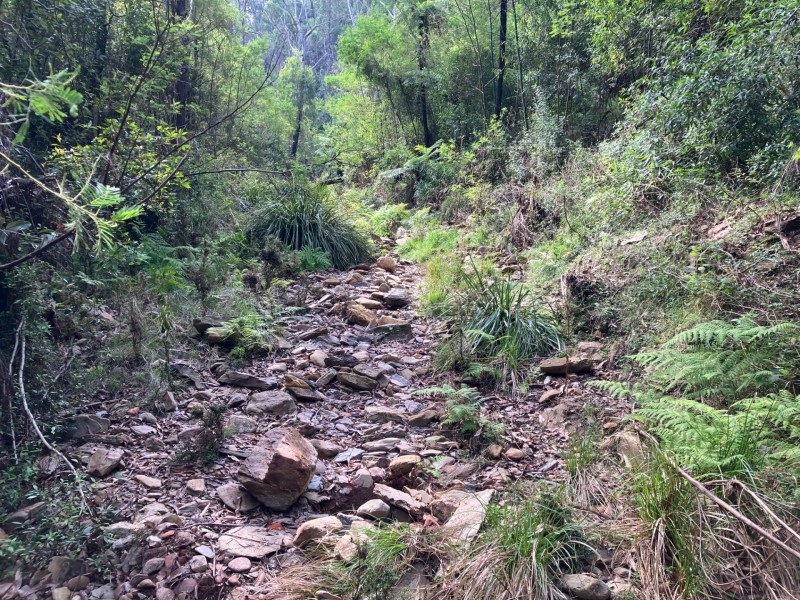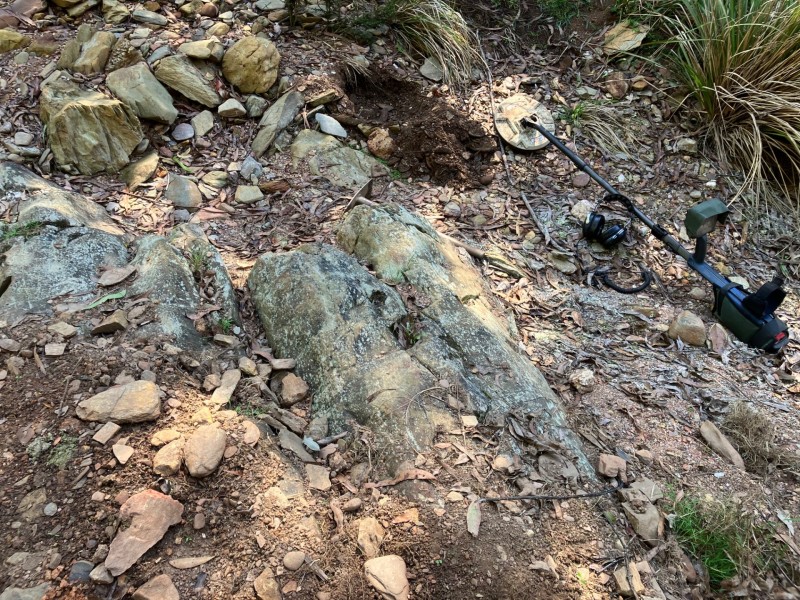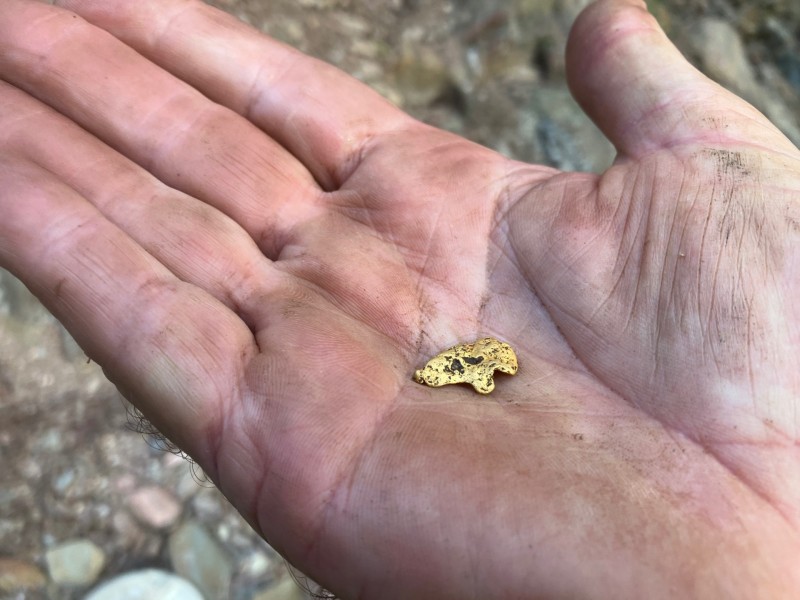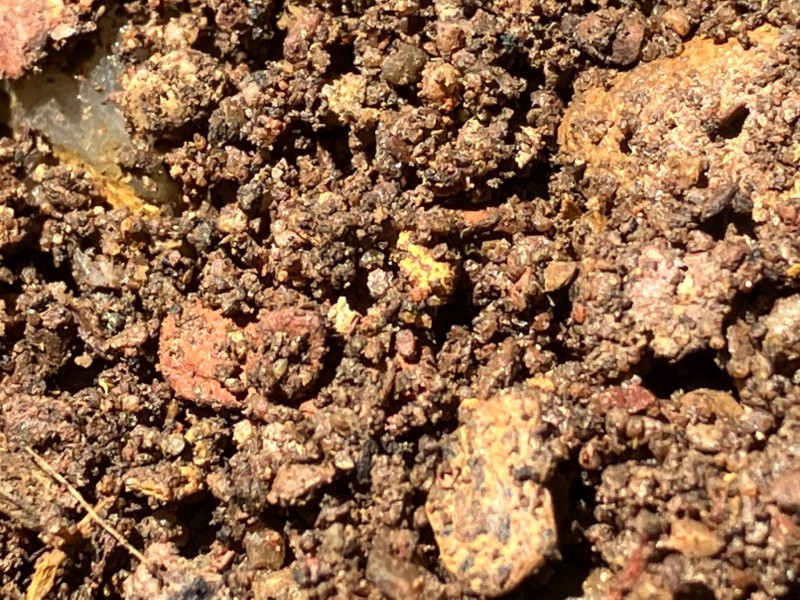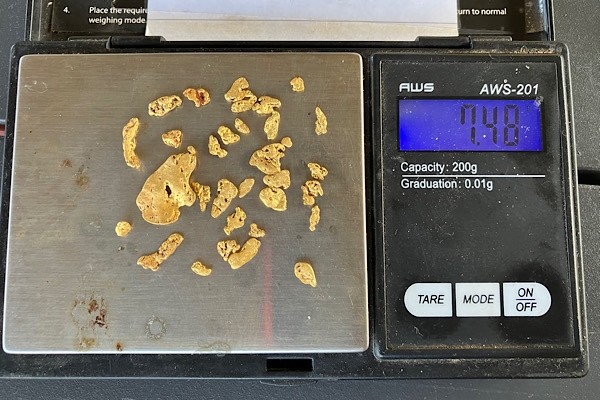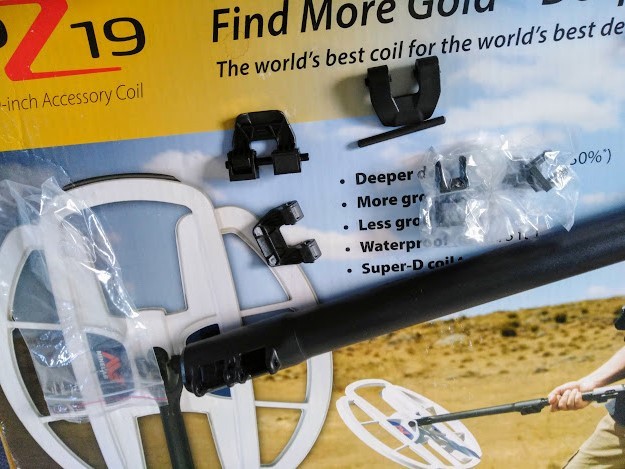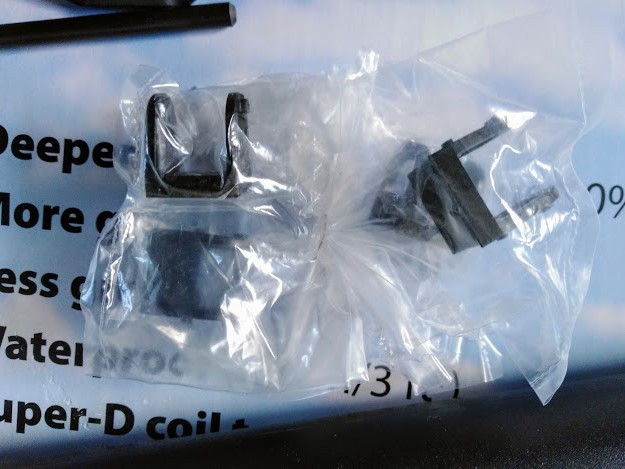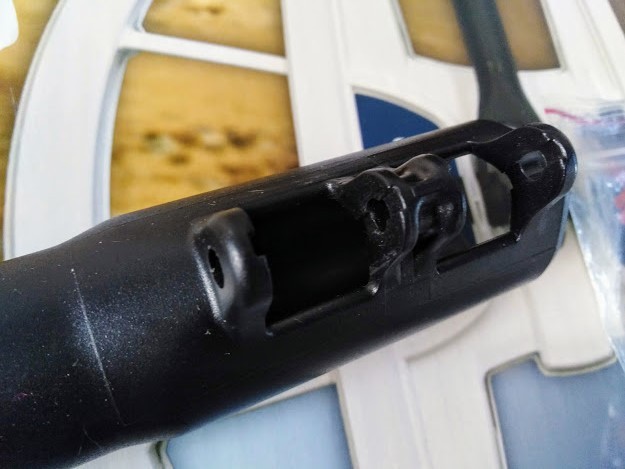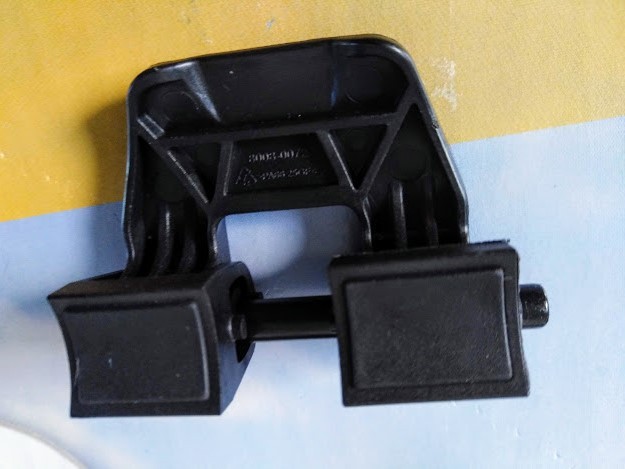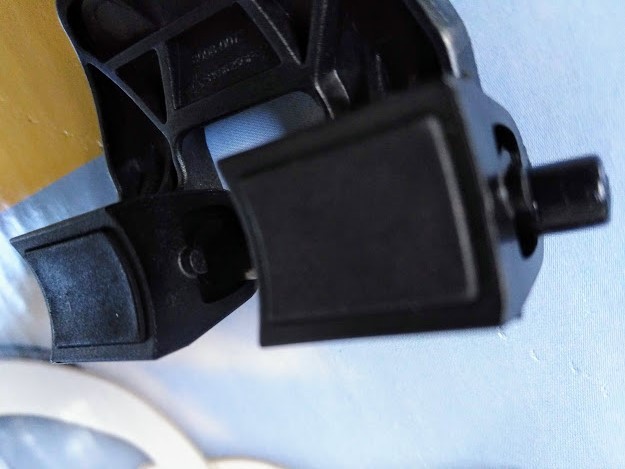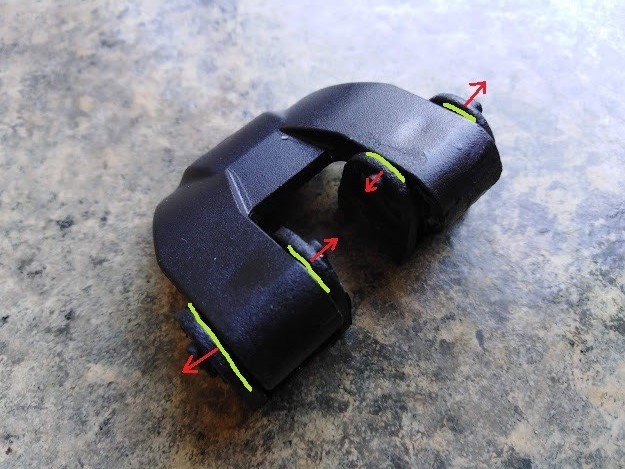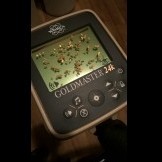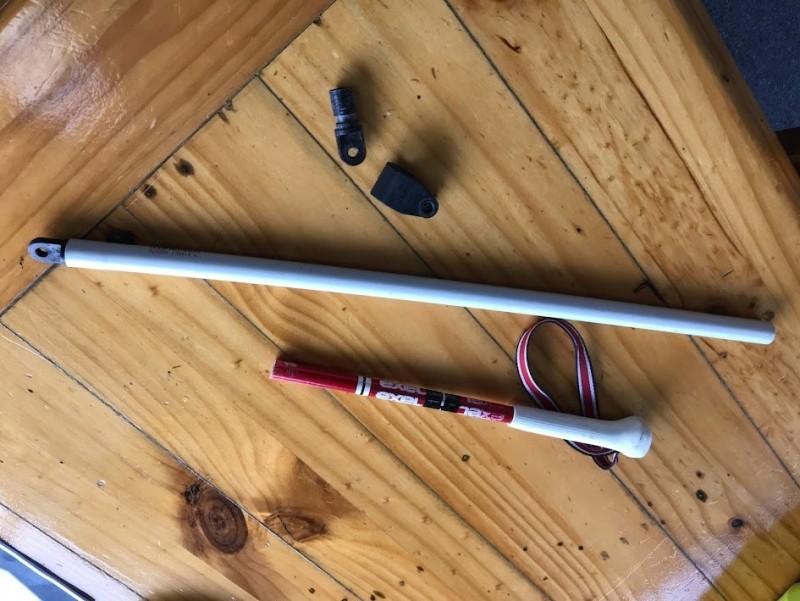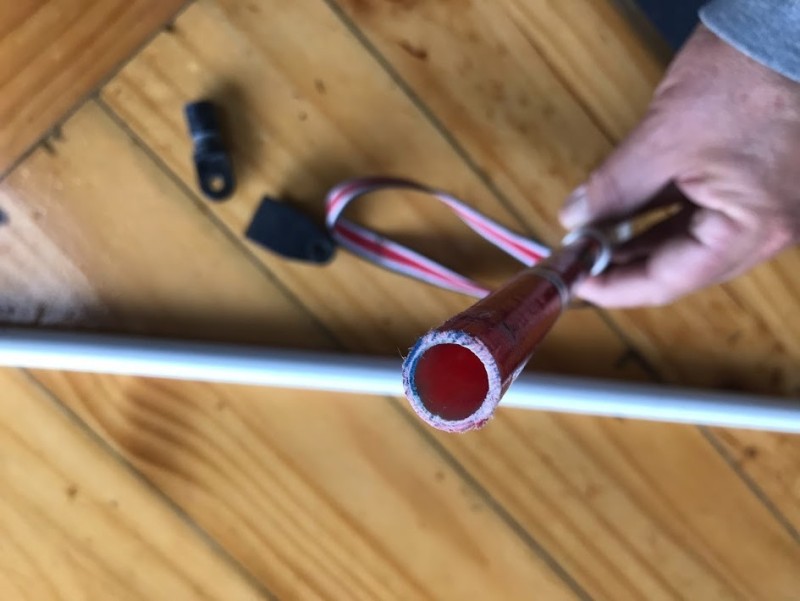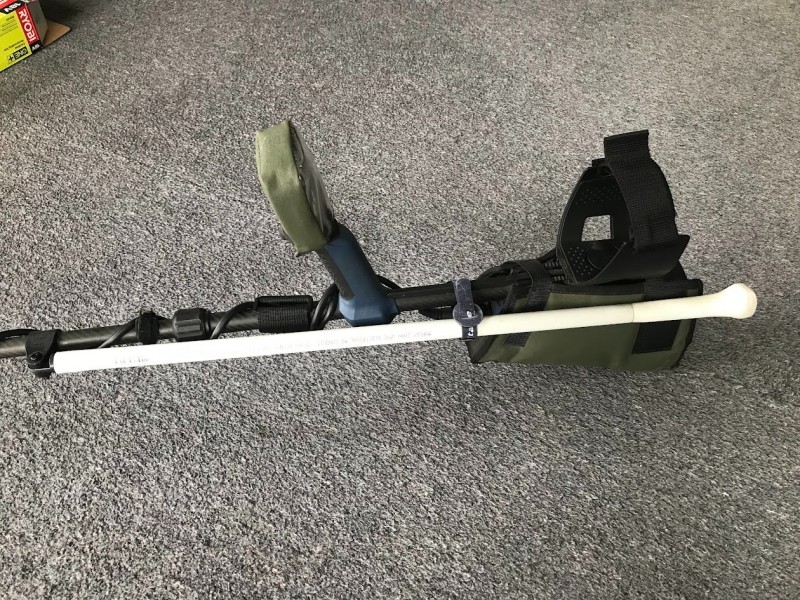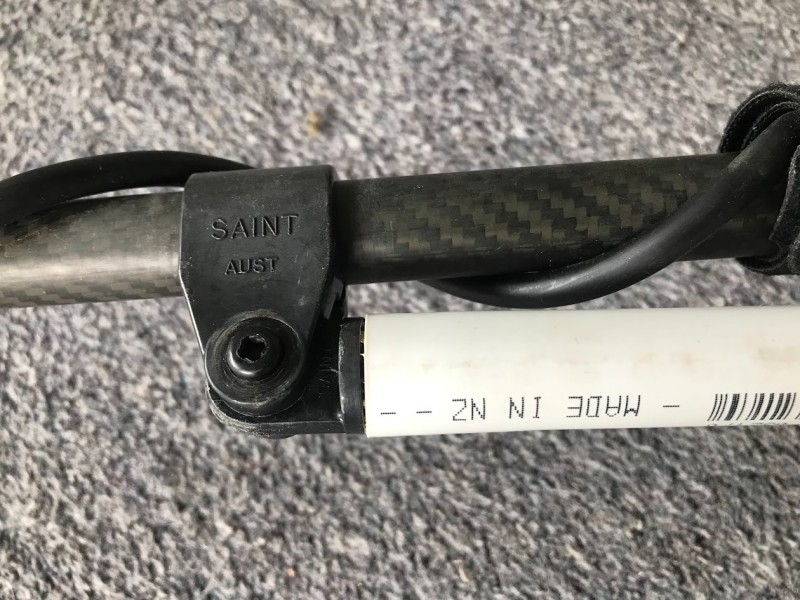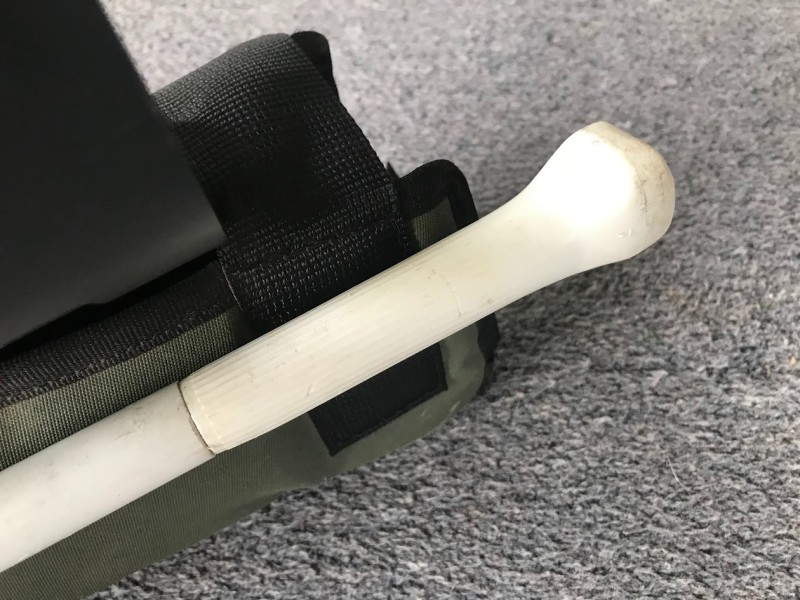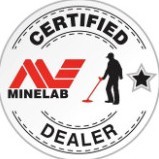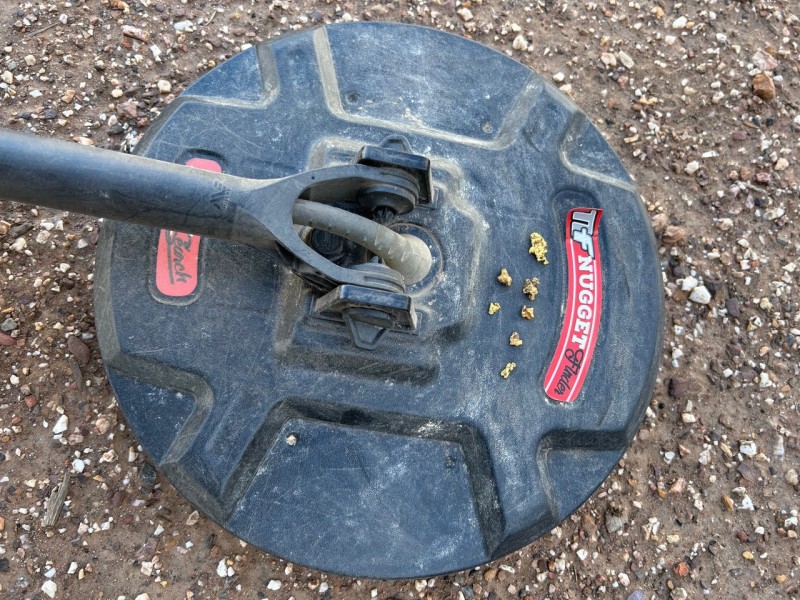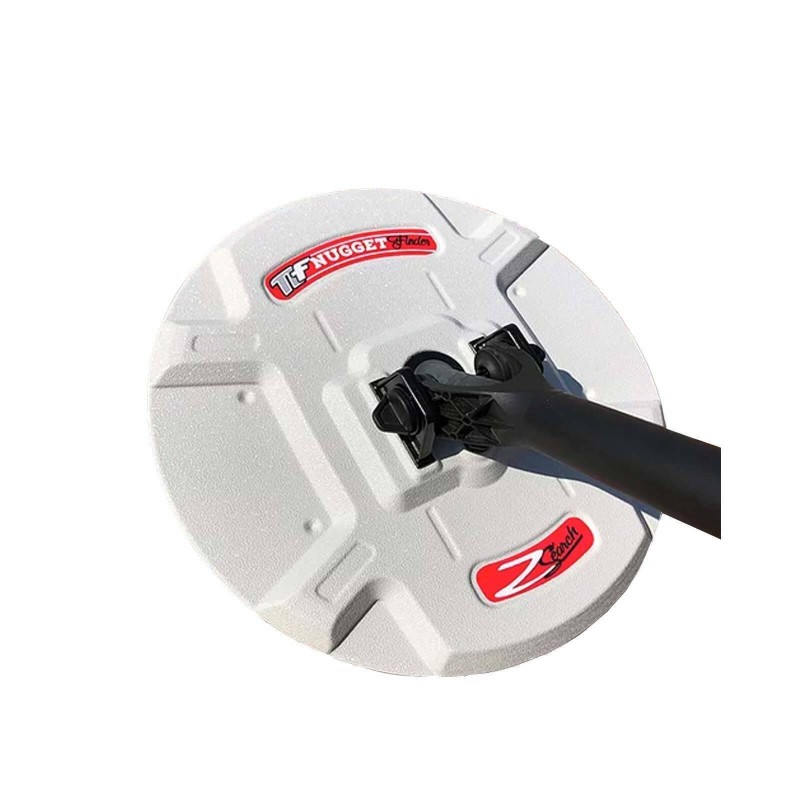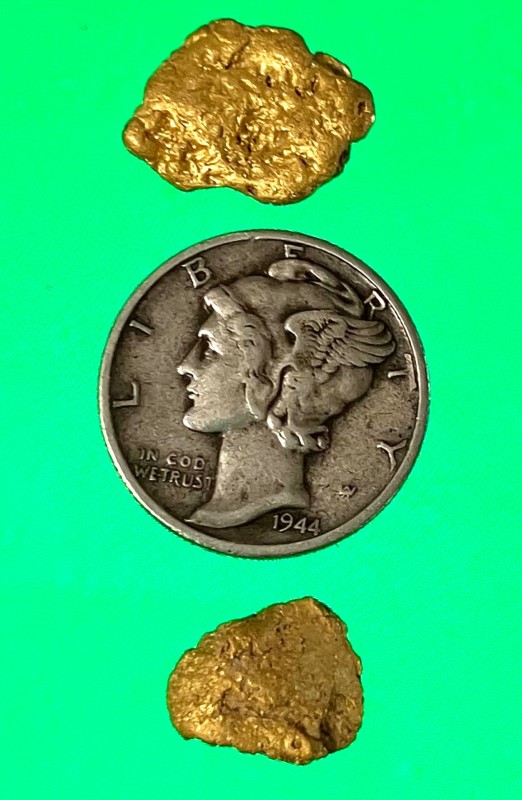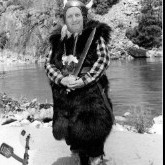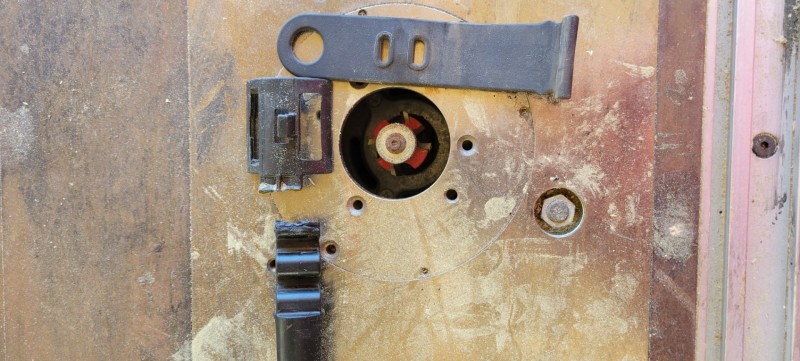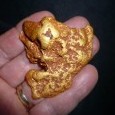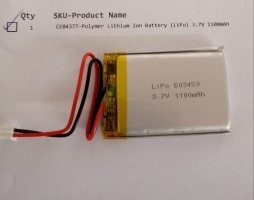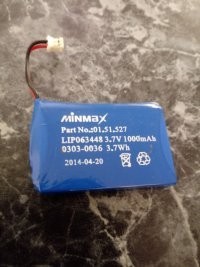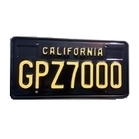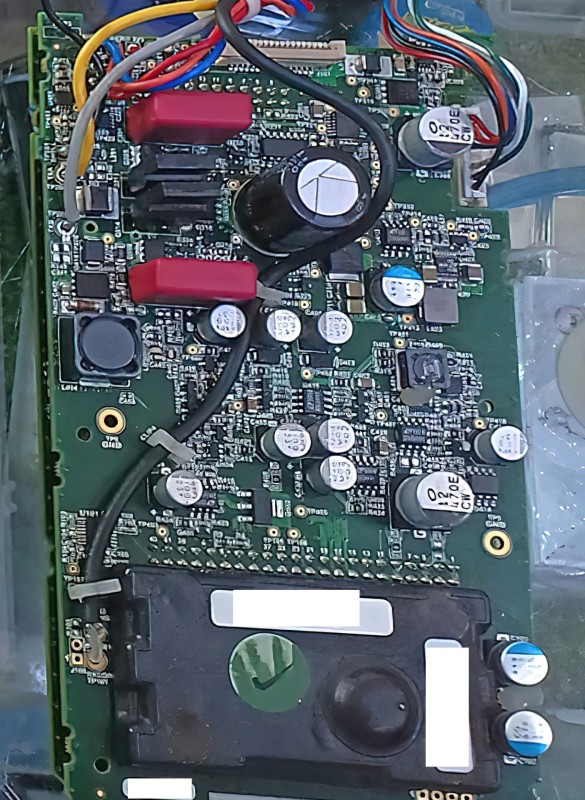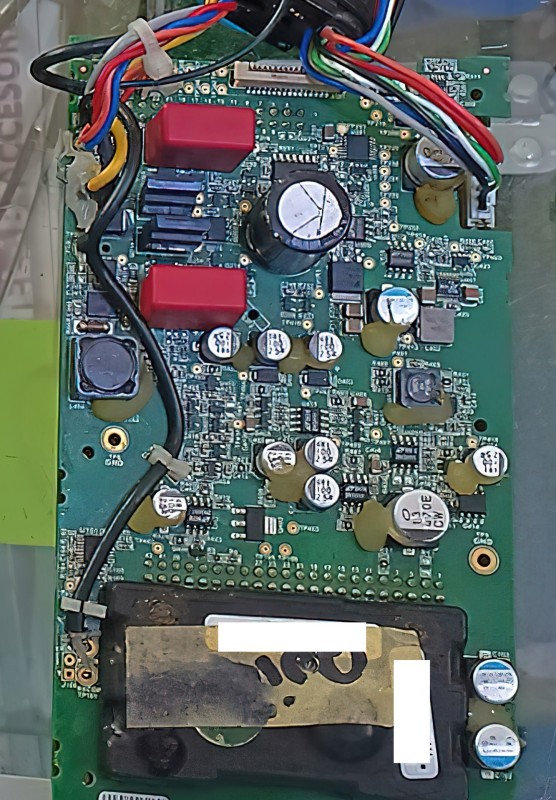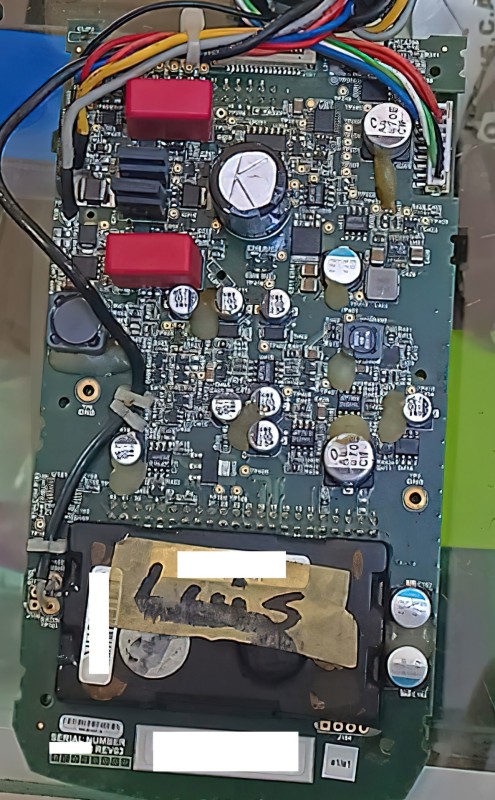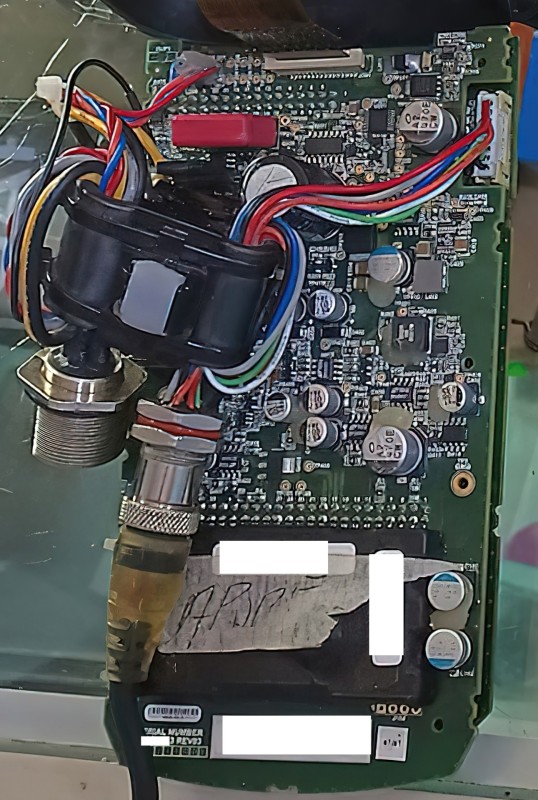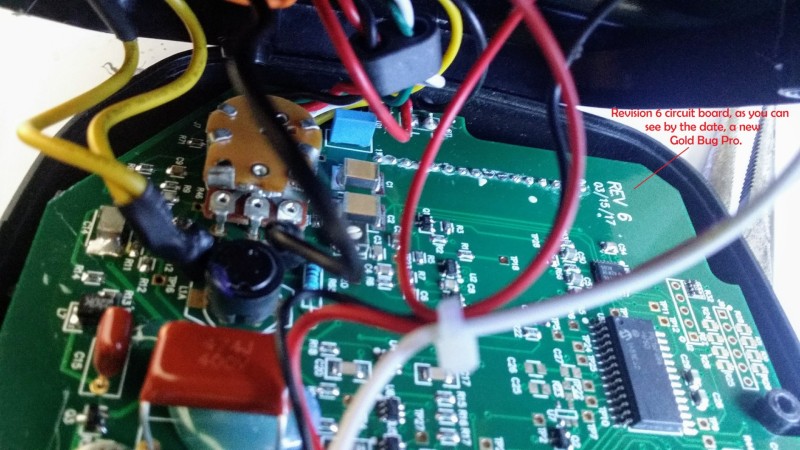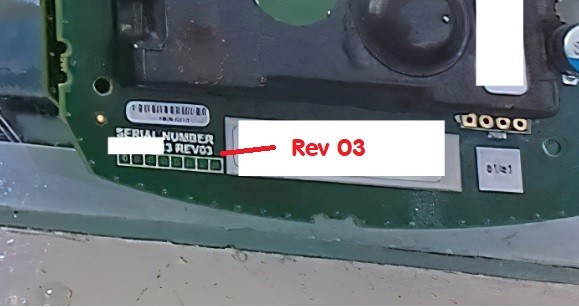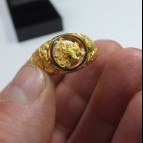Search the Community
Showing results for tags 'minelab gpz 7000'.
-
Hi fellas, first day using gpz 7000 in WA with X concentric coil 22. I found it was not sensitive at all and a bit of noise too. so basically my dad used gpx 6000 and picked up an alumimum foil (small fingernail size) and i test it with x coil..no signal can't tell. i then swing it on top the coil as well, also not much singal that I would tell. I wonder what the problem is? Also another question is, with ground balance, I would like to know do you have to use 'quick start' to do ground balance, or you can just simply press quick trak and swing without using 'quick start' button? Many thanks, Ethan
-
My detecting mate and I have been working a dry gully for quite a while using our 6000’s with 10x5 Coiltek coils attached. We had been finding a bit of small gold but lately our returns diminished and we had almost decided to move to a new location. In a bid to squeeze out a few more pieces, we decided to detect the ground with our 7000’s and try to uncover a few deeper nuggets. We weren’t expecting much as we had spent a considerable amount of time working this area on the short gully and thought that if we could come home with a piece or two we would have achieved our goal. The Six with the small coil really suited this area as there were many potential gold traps and hiding spots for the tiny pieces that inhabited this location. The Zed’s were fitted with Nuggetfinder 12” Z search coils and after a ground balance and tune were running exceptionally well. The hot rocks and noisy ground that played havoc at times with the 6, were ignored by the 7’s so we knew that we had a bit of potential to find that really subtle signal. We moved slowly and tried to get into difficult areas and hopefully jag something for our effort. After about 20 minutes we added a couple of small pieces to the rattle jar from steep banks on the sides of the gully. It was agreed that the shallow pieces would have been picked up easily with the 6000 but were now happy that we hadn’t been “skunked” for the day. Joe was working a stretch of ground that had produced well for us in the past so I decided to move upstream about 50m to give him some space. I started at a rock bar that had given up some treasure about a month or so ago. We had pulled about 6 very small pieces on and around the outcrop and made a concerted effort to cover all the ground in that area very well. Every subsequent trip resulted in a repeat of that process just in case we missed something. The same region was detected today with the Zed and to my surprise, a very faint signal was heard. It was in an ideal location next to the rock bar on the inside section of a bend. You can see the hole in the photo. We had hoped to find a piece of gold at a depth that the Six couldn’t see and it finally happened. It must have been on edge as the signal was initially very soft and only increased during the dig. What popped out was a pleasant surprise. The 6000 has dominated our detecting for a couple of years now and the Zed barely gets pulled out of the cupboard. It was good to get its coil scraping on the ground again and put through its paces. We had forgotten how quiet it could be when the ground suited. We had also forgotten about digging deep holes until we were quickly reminded of its power. Rusty nails and bits of steel with soft enticing signals generally resulted in ugly growls and swimming pools being dug half way to China. We moved upstream and continued to detect some old ground looking for that deeper target. I was lucky enough to get a really faint signal behind a large rock. After digging a deep hole, a small, shiny nugget surfaced. I could see why the Six would not see a piece of gold at that depth. When the hole was inspected with the coil, another break in the threshold told the story of a surprise awaiting inspection. When a piece of gold ended up in the scoop, I called Joe over and we started moving rocks and detecting a small area thoroughly. A bunch of small pieces resulted. We had a lot of fun working that area together. Joe finally moved 20 metres upstream and found another patch of deep, small pieces of gold. The river worn gold was often visible in the scoop or in the ground like the piece shown in the picture. Joe pulled a couple of pieces on the walk back including one that was in a pool of water. Boots and socks came off and a slow and frustrating recovery followed. It’s great to see a prize for all the effort put in. The final picture shows the result of our day out. Quite a few of the pieces were so small that they wouldn’t move the scales but they all added up. It is pleasing that the Zed can still earn its keep on the tiny gold. Most of the pieces found would still be in the ground if we had used the 6000’s on this trip. Having a combination of machines has proved to be a winner in this area.
-
I change coils more than most, in fact I've changed coils 10 times in a day when testing out various coils on bits of gold, by doing this I'd caused myself some lower shaft wobble, it turns out I'd cracked part of a clip on the shaft, the clip with the little rubber pad had a crack in it, so the shaft wasn't holding on tight. I suspect the people that had upper shaft issues where it wobbles a bit have either got the same crack on the pressure pad or they've just worn the little bit of rubber out. Fortunately it's a very easy and cheap fix. Here are the part numbers for the clip mechanism X2 8008-0056 Pressure blocks X1 8008-0072 Camlock lever X1 4308-0033 Pin The part I'd broken was the pressure blocks. They come in a twin pack for replacement and are very easy to replace. You dismantle the clip by removing the pin, I used a small screw driver to push it out of the clip. You then just use a small flat head screw driver to lever them off, pushing each side of the pressure block away from the camlock lever as pictured below. This is the shaft with the clip removed. You can see the grooves cut out of it where the pressure pads need to slide into so when reassembling made sure they're straight so they fit into the groove. You can see the little circular lump on the left hand side pressure pad, it's what goes into that dug out groove. This is how the rubber pads look, I guess they can wear out over time and if they do your shaft would be wobbly. Minelab sell all the parts individually, so you can just order what you need for the repair. They were very helpful with me, and had me solved by the next day using express shipping. I bought a heap of the little parts so I have spares seeing I change coils so often. In my case I just needed the pressure blocks, the pin and camlock lever were obviously fine. So if anyone's putting up with some shaft wobble, it's cheap and simple to fix.
-
Hi all, I work for Avantree, and I stumbled upon this forum and noticed that many of you in the prospecting community are enjoying our Torus for use with your detectors! We would love to continue supplying quality audio devices for the prospecting community. We're currently developing a new product called the Sky Infinity. It is a bundle including our Infinity earbuds (https://www.avantalk.com/products/infinity-multifunctional-wireless-earbuds) and the Relay Bluetooth transmitter (https://avantree.com/relay-airplane-bluetooth-adapter-for-headphones). We will also include a 6.3mm to 3.5mm adapter so you can plug the Relay into your detector. The Infinity earbuds have the aptX Adaptive and LE audio codecs. aptX Adaptive's latency levels are slightly higher than aptX Low Latency (which the Torus has) at 60ms delay v.s 40ms, but provides far superior sound quality. LE audio is a new technology as phrunt mentioned earlier, which trumps both aptX Adaptive and aptX Low Latency. Unfortunately, we do not yet have a transmitter that supports LE audio, but if there's enough interest in this, we can definitely develop one! If you're interested in trying the Sky Infinity bundle for use with your detector, let me know via message. We can send you one to try! If you have any other ideas for a product that would work well with your detector, please share and we can develop something great for you.
- 74 replies
-
- 22
-

-

-
- minelab gpz 7000
- headphones and audio
-
(and 1 more)
Tagged with:
-
Maurice Coppola (a very well known Golden Triangle prospector) has another video comparing various detectors and coils. Well worth a watch.
-
Hi peeps, I have a mate in China asking if I can get some particular parts for GPZ 7000 due to wearing down, such as bulkhead, control box etc. He has a bunch of these machines waiting to be replaced. lol I have contact minelab and was told they don't sell parts to individual buyers.. Anyone know where to get them??? Cheers, Ethan
-
I've never been overly impressed with the swing arm design of the GPZ 7000, it does its job of course but the rubber part on it is always doomed for failure. I've never really used my swing arm but JW who I often detect with always uses his, he's a real coil control person and I'm wilder and crazier however I've decided with gold getting very hard to get I need to up my game. I've seen JW break his swing arm I think 3 times it is now since I've known him and I can't be bothered with that and trying to deal with warranty and the costs associated with sending it in all the time. I figured I'd have a go at making my own for my 6000 and use that as a starting point, the idea to do so came out of nowhere, I was going through stuff in my garage having a clean out and found some old alloy pipes that looked like they were off a tent and had just the bits I needed to give it a go, I wanted to do it all out of junk I was getting rid of. So, I dismantled the pipes, drilled out the rivets holding the plastic bits I wanted on and salvaged what I needed. I also had some old ski poles I was throwing out which gave me an idea to use as a handle, they're made of super light fiberglass too so added no real weight to it. I used old electrical conduit PVC pipe for the main shaft of it. I might make a carbon fibre version next with a black ski pole handle ? My bits and pieces. The black connectors were off the tent poles, the PVC pipe and my ski pole that I've cut to size. I wanted a bit of the fiberglass up inside the PVC for strength and for more grip when gluing. Oddly the ski pole was quite a tight fit inside the PVC so it worked out perfectly, just some good epoxy and they're now stuck together for life. I removed the strap out of the ski pole handle. Just a little Velcro strap to hold it up next to the detector when not in use, doesn't really need it as it stays there by itself pretty well. I used a nylon nut and bolt to hold it on, I might get a bigger tougher one if that one causes a problem. I had to heat the PVC pipe to get it over the little black connector as it was too tight of a fit, once heated I was able to squeeze it in with some epoxy on it, very tight fit though. and my ski pole handle, worked out nice, comfortable to hold too. So, I'm open to ideas, has anyone made one? Made a better design? This was just a quick 15-minute job and I have lots of the parts left to make up more so I can adjust my design, I've a few more ski poles laying around that are old junkers too that I can rip handles off if I rebuild it differently. I'm going to make one up for my GPX 5000 too once I'm completely happy with it'.
-
I might be in the market for a 12" NF Z-Search coil and my research shows me 3 different versions. Why is this and what are the changes or upgrades? It seems the US is not getting the newest black version? Your thoughts across the pond is ideal for my eyes and knowledge. If my knowledge gathering is correct, the 1st version is white with red decal. Then and what I'm seeing in USA is this white with black decal, see below. Finally and the newest version is black with red decal. I know Nugget Finder is a very well known and long time respected company but seeing 3 different color configurations has me scratching my head. Please help me those who know.
- 37 replies
-
- 2
-

-
- minelab gpx
- minelab gpz 7000
-
(and 1 more)
Tagged with:
-
During a recent detecting trip to the Rye Patch region of northern Nevada, I was intent on searching for the ever elusive large nugget at depth, wielding the Minelab GPZ 7000 equipped with the GPZ-19 coil, set to Extra Deep Gold Mode in Normal Ground Type. This combination of Gold Mode and Ground Type handles the local alkali ground very well, allowing the faintest signal responses to be heard; and good thing, too, as I would have certainly missed a couple of nice bits had the threshold been variable due to ground noise or EMI masking. They were buried at a depth of 18 inches and recovered from cracks within the weathered shale bedrock. A friend who was detecting with me swung over the undisturbed target zone with the Minelab GPX 6000 and 17-inch mono coil and there was no discernible response, so that added to the anticipation of deep, chunky gold…not exactly the large gold I was looking for, but at 3.3 grams and 2.2 grams, I'll happily put them in the poke any day!
-
hi there thanks for letting me join this forum i live in scotland and have detected gold near where i live for a few years i have a few minelabs i have got over the years 2 sd 2200d a gpx 4000 5000 and a gpz 7000 out of them all i have found more with the 4000, gold from 0.5 gram to 3 grams i cannot get the 7000 to run quiet like the gpx series the ground is mostly wet glacial till with a lot of iron deposits in it i went over a patch with the 7000 in high yeild no result went over same patch with 4000 and got 2 bits out of it with coiltek joey coil does the 7000 need dry ground to work properly have ground balanced it with the ferite ring . i even got a 2 grammer with the 2200 are all 7000 like this in wet ground conditions or am i missing something on set up i know i am walking over gold with it have had this detector for 6 years done a lot of hours on it with different settings
-
Saw this vid they did not use the 7000 in normal just difficult has any one modes the 5000 and seen this as a positive and a way to go don’t want to ruffle the feathers so to say but when they did the7000 in Difficult why not run the 500” the same got a stink vide from not apples To apples please be nice just hit me funny and I ain’t the sharpest bloke I have a modded as 2200 and it has uncreated me in a lot of ways just don’t want to get all shinny on some BS I see the 7000 is best but is it really thanks your humble student
-
I found this guy's video interesting; he bought a 12" Concentric X-coil prototype for his GPZ off Dave Dench and was using it to compare to other coils/detectors for his own interest really but decided to film some stuff. He's not associated with X-coils in any way and bought both of his X-coils and the 12" Concentric he is using is a prototype and never released to the public for sale so he was lucky to be able to buy it off Dave. I already own all the coils in question in the video so already knew my results so I wasn't all that interested in that part of the video however what stood out to me in his video was the performance difference between Normal and Difficult on the 6000, I've heard a lot of people say there is very little in it, I always felt differently that difficult is fairly neutered compared to normal but I put it down to my soils, then I see this guy's video in Western Australia's red dirt and he's seeing the same as I do by the looks of it. You can skip to about the 10-minute mark to just see the difference he's seeing between normal and difficult on the 6000 if you don't have interest in the GPZ side of it. He found some targets and compared the detectors and coils on them, the targets turned out to be gold. I guess the people confident that there is very little difference between normal and difficult could be basing that off their soil where normal isn't working as well as it can so its performance is hindered making it more like the performance of difficult but for people that can run in normal on the 6000, they will quite clearly see the difference in performance between the two modes with normal being significantly better. The GPZ is the same although I think the performance difference is much more dramatic, if I had to run the GPZ in difficult I'd be quite disappointed by its performance as I've been spoilt by my soil conditions meaning I can mostly run in normal everywhere and I think that's partly why some think the 6000 is doing better for them than the 7000 did, as the 6000 even in difficult is better than the 7000 on very small gold in standard coil setups regardless of which of the modes you're in. In 7000 with a smaller coil in soils that it can run effectively in normal is a beast so I hope if there ever is a GPZ 8000 they have improved the ground handling enough so people stuck in difficult can experience the power of normal in their soils and that I think will be the key to the 8000's success along with offering the right size and types of coils. I even go as far as putting up with a noisy normal than switching to difficult on the GPZ as I've proven to myself time and time again that if I was in difficult on the GPZ, I'd miss so much gold and by the looks of his video he would be missing a lot of gold in difficult on the 6000 he'd find in normal too. If he had not cleared the rocks around where the nugget was to get the GPX coil very close to the ground it would entirely miss the gold in difficult but likely would find it in normal.
-
Yay! Minelab finally updated Xchange 2 so it still works with Google maps, some time ago Xchange being so old was no longer compatible with Google maps and they've finally fixed the problem somewhat properly using a patch that runs in the background. You can download the fix to your Xchange 2 (Windows) here https://www.minelab.com/__files/f/507670/XChange2-1.8.7-1.3.5-Hotfix.exe XChange2 - Hotfix for mapping and pin fixes. (Released July 2023) External interfaces used by XChange2 change over time which can affect the way that XChange2 needs to work. Installing the XChange2 Hotfix file after installing the XChange2 1.8.7-1.3.5 program will help XChange2 maintain it's compatibility with Google maps so that detectorists can continue to use the program as intended. Step 1 - Download and install XChange2 1.8.7-1.3.5 Step 2 - Download and run XChange2-1.8.7-1.3.5-Hotfix.exe (This will take a few minutes.) Step 3 - Restart your computer then run XChange2 as normal. (the Hotfix will run in the background.) --- Note for Minelab, maintain its compatibility. ?
- 6 replies
-
- 2
-

-
- minelab gpz 7000
- minelab ctx 3030
-
(and 1 more)
Tagged with:
-
Any suggestions on repairing or retrofit the swing arm on the 7000? This is the 2nd one I've broke over the years. Any ideas or suggestions appreciated. Being a carpenter I would just add some glue, strap and screws to it. So keeping it non metal and plastic is out of my wheelhouse.
-
Hi Fellas I am seeking for some advice. Currently I have a GPZ7000 and GPX6000 both with standard coils only. I am planning a trip to WA or Tib in NSW either this or next year with dad, so we will use two detectors. I have seem some positive reviews on 12' coils for GPZ7000. I wonder what is your advice? With a GPX6000 would it be a good complementary to 7000 instead of spending another 1300 dollars??
-
The battery for my WM12 stopped charging and was dead, zero volts with the multimeter so it was either buy a new WM12 for about $350 AUD or try and find a replacment battery. I ended up finding one online and it cost $25 AUD including postage so I ordered it and it arrived and I fitted it, it is just plug and play nothing to hard at all. The WM12 now charges and works perfectly again This is the replacement battery if anyone is interested or has a similar problem and this is the original battery cheers dave
-
I use the GPZ GPS. It helps me get back to an area where I have found nuggets and look for a pattern. Yesterday I ran out of storage for Find Points. I used Waypoints for a few nuggets. It has been a few years since I've looked at the software for the 7000. I remember you download the info and then you can delete the points on the 7000. At one point the software was compatible with the 3030 but then it wasn't. It is a sore spot form some of us about Minelab ignoring this helpful feature. What is the quickest way for me to make space on my 7000 and save the Find Points for future reference? I know I won't have all my patches with me on the 7000 but it will be better than losing all the points. Mitchel
-
Some may find this interesting, a tear-down of a GPZ 7000.
-
A guy I know repairs Minelab detectors in South America, he's currently working on four GPZ's that have faults and showed me a photo of them on his workbench. The immediate thing I noticed is the differences in construction, notably how random the glue is on the PCB. The hot glue/RTV silicone is often used on PCB's to help with vibration where they haven't used any sort of mechanical fixing, more of a cheap way to do it really, If you think about it tall heavy capacitors are only held on by little leads into solder pads so having some mechanical fixing helps prevent vibration and stress failure especially on something like a metal detector that has a pretty hard life being bumped around and dropped. Sometimes it's used to shield components from the one next to them to help with preventing heat transfer or just keeping components separated. In very high density PCB's its often used for electrical clearance ensuring components are kept apart, an example is if a high voltage mosfet is too close to another component the glue helps prevent arcing between the mosfet and nearby components. All four GPZ's are relatively modern versions, the newest one in the far right being a couple of years old, the others are 3-5 years old, all four are revision 3 PCB's, take note of that, it means there was a Revision 1 and 2 PCB so over the lifecycle of the GPZ there have been changes to the PCB since the original release, anyone wondering if the first GPZ is the same as the modern ones, it's not, perhaps in performance it is but they've felt the need to change the PCB 3 times since the first production run, sometimes this is due to components being discontinued or it's because they've found problems and resolved them on later PCB's, this is certainly not unusual and detectors on the market for a long time end up with many PCB revisions, for example here is my Gold Bug Pro, it's a revision 6 PCB as evident in the top right corner of the photo, they maybe even higher now, mines a 2017 model. The Gold Bug Pro The GPZ, all 4 are the same revision. So without further ado, here are some photos of the 4 GPZ's. I've chopped up the photo to individuals so you can look at the differences better and blanked out serial numbers for privacy reasons. You'll see just how different they are, some are well glued, some have no glue at all, it's all very random, I was so surprised by this inconsistency on such an expensive electronic product. It's not even put on well either, in some cases it virtually misses its target and isn't providing much support at all. This is not what you'd call quality work. The glue is likely hand done, in some cases it can be done by machine but with how random and inconsistent it is this is very much done by hand, and not done even remotely well at all. Doesn't give you a lot of confidence in build quality does it.
-
I'm looking for some advice and strategies to improve hearing those faint gold whispers in the field, missed by many nugget hunters, by using quality 150 - 300 ohm headphones vs Bose QC 20 Noise Cancelling and Etymotics earbuds. I found some limited info on this forum by searching and with improvements in technology was looking for some updated suggestions: I have mild Reverse Slope Hearing Loss in both ears and tinnitus in one ear, that starts at 1000 HZ, drops down in those lower bass frequencies and have trouble hearing whispers. I wear hearing aids that help alot for normal conversation, but don't want to wear them while detecting. I like my Sunray Gold Pro headphones alot and also have the Steelphase SP01 signal booster. I want to be prepared for an upcoming trip to Quartzsite, AZ. JP, Condor and others have recommended using earbuds, what are your thoughts & tips on how to brighten those very faint gold signals. Thanks, Bill
-
Minelab is responding to the competition with some huge price reductions. 25% off the GPZ-7000 & the SDC-2300 for the month of February. Minelab always seems to come through with a new release or a huge price reduction promotion just when the competition heats up. First it was a free Goldmonster 1000 with the GPZ and now this. Here’s the newest Pulse Induction or Zero Voltage price lineup for the month of February. Not sure where this will all end up, but glad to see some good changes in the lowering of prices on two classic gold detectors. GPZ 7000 sale $6375 7.2 lbs GPX 6000 $5999 4.5 lbs Axiom $3995 4.2 lbs Minelab GPX 5000 $3999 6 lbs SDC 2300 sale $2550 5.3 lbs Garrett ATX $2379 7.0 lbs Edited just now by Steve Herschbach
-
GPZ 7000 failure status, who knows where the failure is, and how to solve it?
-
I bought a new middle shaft and a NF 12” coil with lower shaft for my GPZ. The lower shaft clamp is really hard to move but the shaft is held tight. The middle shaft clamp is really easy to move but the shaft is not held in place tightly. Are these things common - any diy fixes?
-
I'm trying to lighten up the GPZ 7000 by using the lighter CTX 3030 LI-ION battery and using the 12 Z-search coil without skid plate. Looking like around 5.8 pounds so far, not to bad compare to the stock configuration. Has anyone found any other ways to lighten this detector through aftermarket shafts or modifications?
-
So Ive taken the plunge and bought myself a GPZ. I cant seem to find many people who use a GPZ in the uk, video wise, so looking for a little guidance. Whats a good beginners set up for my first few trips out. At this time of year im searching mostly pasture land, thats been done over the years, quite a bit, so is fairly quiet, on normal, non P.i Machines. At the end of July, harvest time, begins, and the hunt for hammered coinage, really takes off. My first trip out this sunday, will be on well detected grass land, Thanks


